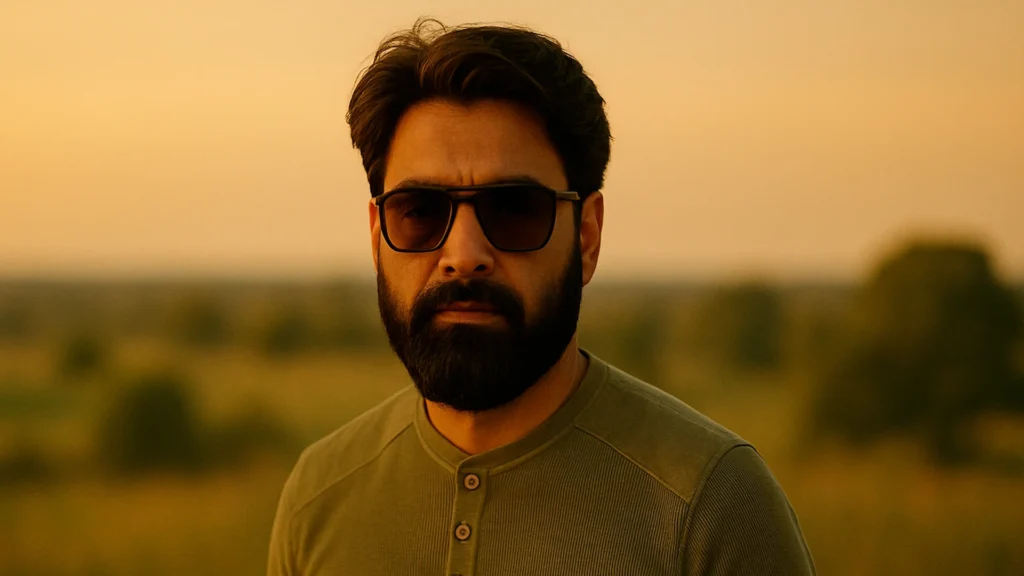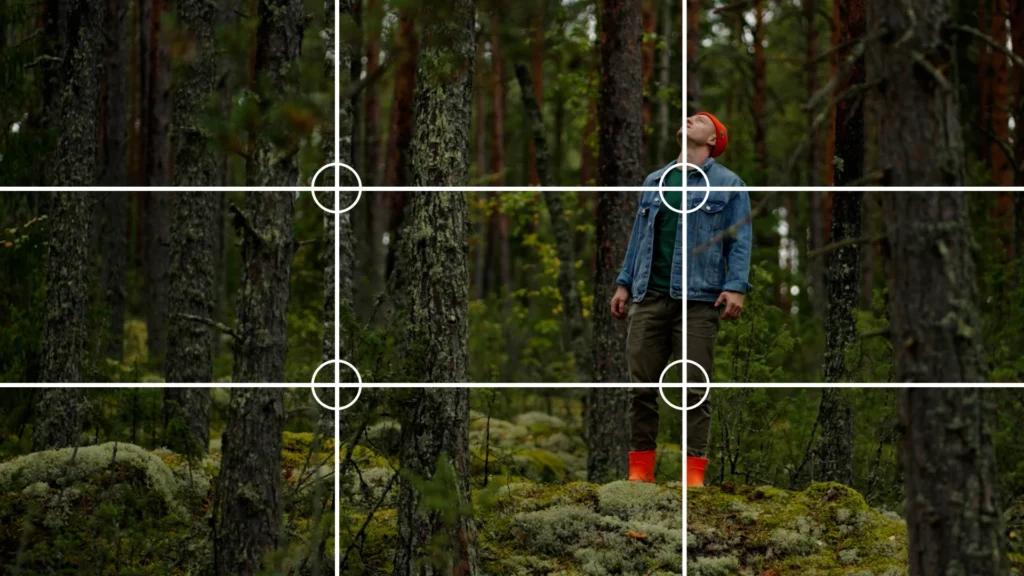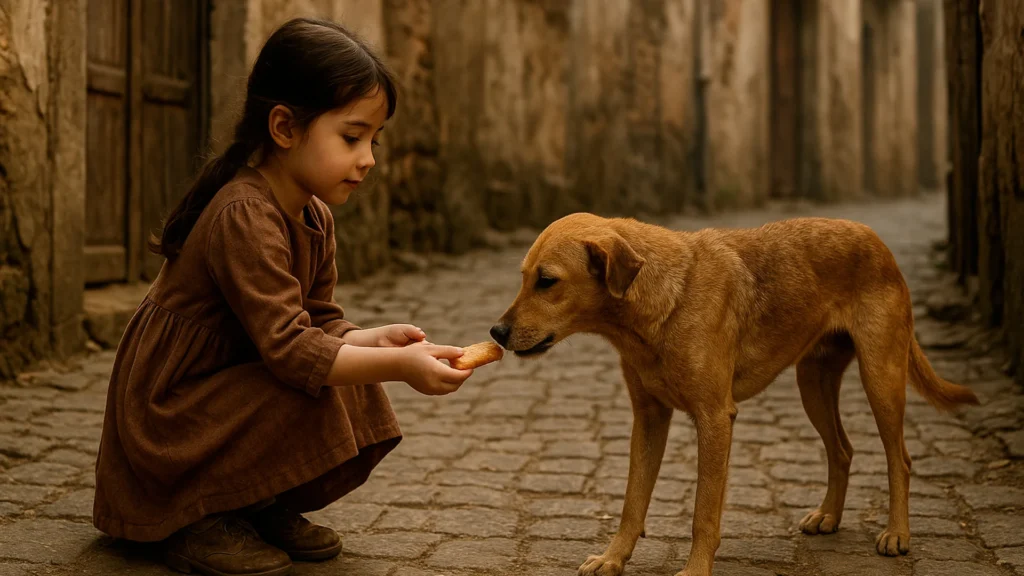Want to edit better? Try picking up a camera. These 5 lessons from photography transformed my entire approach to editing.
I’ve been doing video editing since 2013. But alongside that journey, I was also quietly learning photography.
And over the years, I’ve realized something powerful. Something that completely changed how I approach storytelling.
There are certain lessons that only photography can teach you. Lessons that no amount of video editing can ever replicate.
In this blog post, I want to share five of those lessons – straight from my personal experiences. These are the lessons that helped me become not just a better editor, but a better visual storyteller.
1. You Start Noticing What Others Miss
When I first began editing videos, I believed storytelling started in the timeline.
But I was wrong.
Real storytelling begins long before you open Premiere Pro or DaVinci Resolve. It starts when you begin noticing the world around you.
I still remember one particular morning. I was out on a walk with my camera when I saw a ray of sunlight falling perfectly on a broken tea cup lying by the roadside. Most people just walked past it. But I froze.
The light. The textures. The quiet story that shattered cup was holding, it felt poetic.
So I crouched down, framed the shot, and clicked.
That single photo taught me more about storytelling than a whole month of editing ever did.
Why? Because photography trains your eyes to slow down. It teaches you to observe, really observe, what others ignore. And that awareness naturally carries into your video edits.
In editing, you work with what’s already captured. But in photography, you become the one who sees the story before it even begins.
2. Patience Is A Skill You Can’t Fake
Once, during a visit to a wildlife reserve, I heard from my guide that a tigress named Neelam and her cubs often came to drink water at a specific spot. So I set up my camera and waited.
One hour. Nothing.
Two hours. Still nothing.
But somewhere into the third hour, she appeared, walking slowly through the tall grass.
Calm. Silent. Majestic.
She walked to the water, looked up, and in that one second, I clicked. That single frame made every minute of waiting worth it.
Now tell me, when has video editing ever taught you that kind of patience?
Editing teaches speed, efficiency, shortcuts. Photography? It forces you to slow down. Observe. Wait. Be still.
And in that silence, in that stillness, you learn more about the world and about yourself.
3. Light Isn’t Just A Tool – It’s Everything
Every photographer will tell you: Light is king.
It’s not the camera. Not the lens. Not the editing.
It’s the light.
I once shot a portrait of my friend during golden hour, that magical time just before sunset. I didn’t use any filters. No color grading. Just the soft, warm glow of the sun on his face.
And that was it. The photo felt done.
That’s when it hit me.
In editing, we try to fix lighting, add exposure, fake glows, push contrast.
But you can’t fake the feel of real light.
Photography teaches you to chase light. To wait for it. To understand how it moves, how it wraps around your subject.
Once you start thinking in light, not just in pixels, your edits start to feel different too. More natural. More emotional.
And hey, if you do want to give your flat-looking videos a quick cinematic boost, check out our Flat2Film LUTs Pack. It includes 100 professional LUTs designed to turn dull footage into film-style visuals in just a few clicks. And it costs just $4.99.
4. Framing Isn’t Fixing – It’s Feeling
When I first learned about the rule of thirds, I remember thinking, “Why not just put the subject in the center?”
But then I tried placing the subject off-center. I aligned the frame with the grid lines. And suddenly, the photo felt more alive. It had depth. Movement. Balance.
In photography, composition isn’t something you fix later, it’s something you feel before pressing the shutter.
But in video editing, you don’t always get that choice. The shot is already framed. You work with what was recorded.
Photography, on the other hand, puts you in control. Every object, every angle, every inch of the frame, it’s your decision.
And once you start thinking like that, even as an editor, you begin to cut differently. You respect the frame more, you give your shots room to breathe, and you edit with intention.
And that’s when your videos start feeling right.
Also see: 7 Essential Framing Techniques For Better Composition
5. Photography Teaches You To Be Present
Let’s be honest, editing can disconnect you from the world. You sit indoors, lights off, headphones on, staring at a timeline for hours.
But the first time I went out for a solo photo walk, something shifted.
I was walking down an old street when I saw a little girl feeding biscuits to a stray dog. I took one photo, and then I put the camera down.
In that moment, I wasn’t a content creator. I was just a human being, soaking in a beautiful, fleeting moment.
That’s the thing about photography. It teaches you to live the story, not just tell it.
You feel the breeze. The silence. The smiles. You become aware of everything around you.
And when you bring that presence into your editing, you stop cutting clips like a machine. You start cutting with emotion. You’re not just syncing to the beat, you’re syncing to a feeling.
That’s something only photography can teach.
Final Thoughts
Don’t get me wrong. I still love video editing. I do it every single day.
But if editing made me fast, photography made me thoughtful. If editing sharpened my skills, photography softened my heart.
And somewhere in between those two worlds – I found creative balance.
So if you’re a video editor reading this,
Pick up a camera.
Not to become a photographer, but to become a better storyteller. You’ll be surprised how much it changes the way you edit, shoot, and even see the world.

